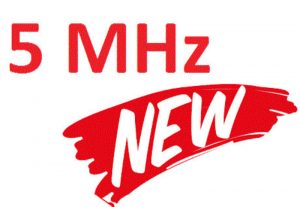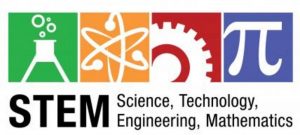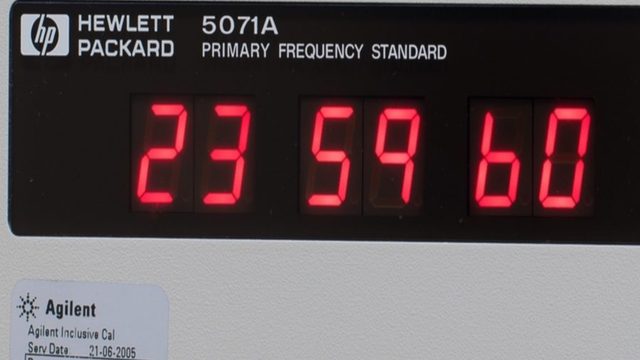 From the WIA, original post here.
From the WIA, original post here.
Date : 01 / 01 / 2017
Author : Roger Harrison – VK2ZRH
The new amateur band at 5.3 MHz allocated world-wide to the Amateur Service in late 2015, has been incorporated into the Australian Radiofrequency Spectrum Plan (ARSP) 2017, but a number of further steps have to be taken before Australian amateurs can occupy the band.
ARSP 2017 was registered by the Australian Communications and Media Authority (ACMA) on 20 December 2016 and came into effect the next day, with a commencement date of 1 January 2017.
The purpose of the ARSP is to guide the ACMA in making decisions on use of radiofrequency spectrum. The key feature of the ARSP is its Table of Frequency Allocations from 8.3 kHz to 420 terahertz (THz) that divides-up the spectrum to show the general purpose of each band, to which services the bands are allocated, and associated footnotes relevant to particular allocations. The ACMA updates the ARSP following each World Radiocommunication Conference (WRC), organised by the International Telecommunications Union (ITU) and held about every three years.
As many amateurs are aware, the last Conference was WRC-15, held in November 2015, which approved the word-wide allocation of 5351.5 to 5366.5 kHz to the Amateur Service on a secondary basis, with different power specifications applying in different regions and countries, ranging from 15 watts effective isotropic radiated power (eirp) to 25 watts (eirp). In Australia the ARSP specifies 15 watts (eirp). Specifying ‘eirp’ takes account of the efficiency of different antenna systems, which are not particularly efficient at these frequencies.
Generally known as the 60 metre band, access to this 15 kHz allocation in Australia has been keenly awaited by many HF enthusiasts. Consistent with previous outcomes of WRCs which impacted Australian frequency allocations, the next step is amending the Amateur licence conditions that provides more definite technical parameters than in the ARSP.
The Amateur Service is not the only one affected, and many other radiocommunications stakeholders have to wait for the administrative and regulatory details to be updated before the provisions of ARSP 2017 can take effect.
The WIA’s Spectrum Strategy Committee is working with the ACMA to determine when access to 60 metres for Australian amateurs will become available.
An article on why and how long we have to wait is in the ‘WIA current Hot Issues’ and can be downloaded here.
You can download the Australian Radiofrequency Spectrum Plan 2017 and its accompanying Explanatory Statement from the WIA website here.




 From the
From the 